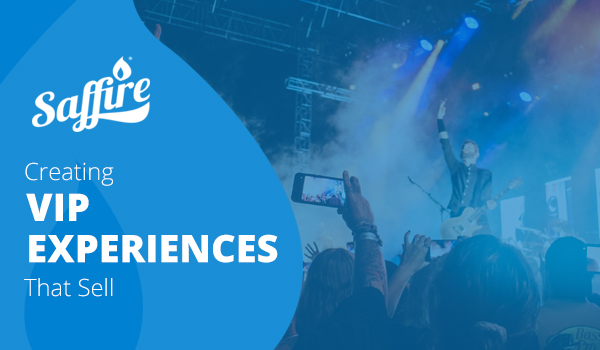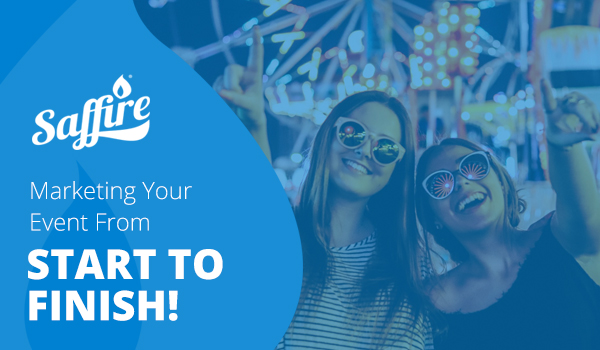More guests than you may think are willing to spend some extra money for an exclusive experience, special offers, or additional services. Reserved seating and meet & greets are the traditional VIP experiences, but events and venues should consider instituting more immersive and personal experiences for guests. You can also tier these experiences, offering multiple choices for attendees at different price points to boost revenue.
In 2022 hosting up-close and personal meet & greets with hugs and photos just isn’t feasible. Restrictions and the level of comfortability of the artist or performer(s) will work on a case-by-case basis, so it’s important to create a plan that is flexible.
Go Immersive
Transport attendees to another dimension! When Caesar’s Palace had to pivot their meet & greets over the past year, they worked with artists to create a one-of-a-kind experience for fans to enjoy. For instance, Donny Osmond’s meet-and-greet was transformed to welcome fans to his ‘living room’ full of memorabilia where he gave an exclusive and intimate concert to VIP guests.
Getting Creative
The experience economy is always growing, and you can tap into that within the experience you’re already hosting, providing exclusivity and opportunities to create memorable experiences for attendees. This could be as simple as staging an area for guests to take cute and candid pictures for their Instagram.
Offer VIP Accommodations
For outdoor concerts and festivals, offering upgraded bathrooms, showers, and other accommodations can sell quickly! You could also section off areas around a beer garden, off the side of the stage or near the front and offer tickets at a more premium price point. Small changes or upgrades can go a long way in improving guest satisfaction.
Hosting Private tours
Whether you have a historical venue, put on the largest fair in the state, or are a renowned sports venue, people love getting a behind-the-scenes of the magic. Host private tours for families or small groups for an intimate and personalized experience.
Pass out goody bags
Give attendees some souvenirs to take home with them! Include items like a commemorative lanyard and name badge or something handy for the event like portable chargers. These little surprises are great for keeping your VIP guests satisfied with their experience.
Offering a VIP experience can attract more guests and get you selling higher-priced tickets to boost your revenue. Get creative with what you’re offering! With everyone excited to attend live events again, the competition can be tough–so make sure you are standing out.

